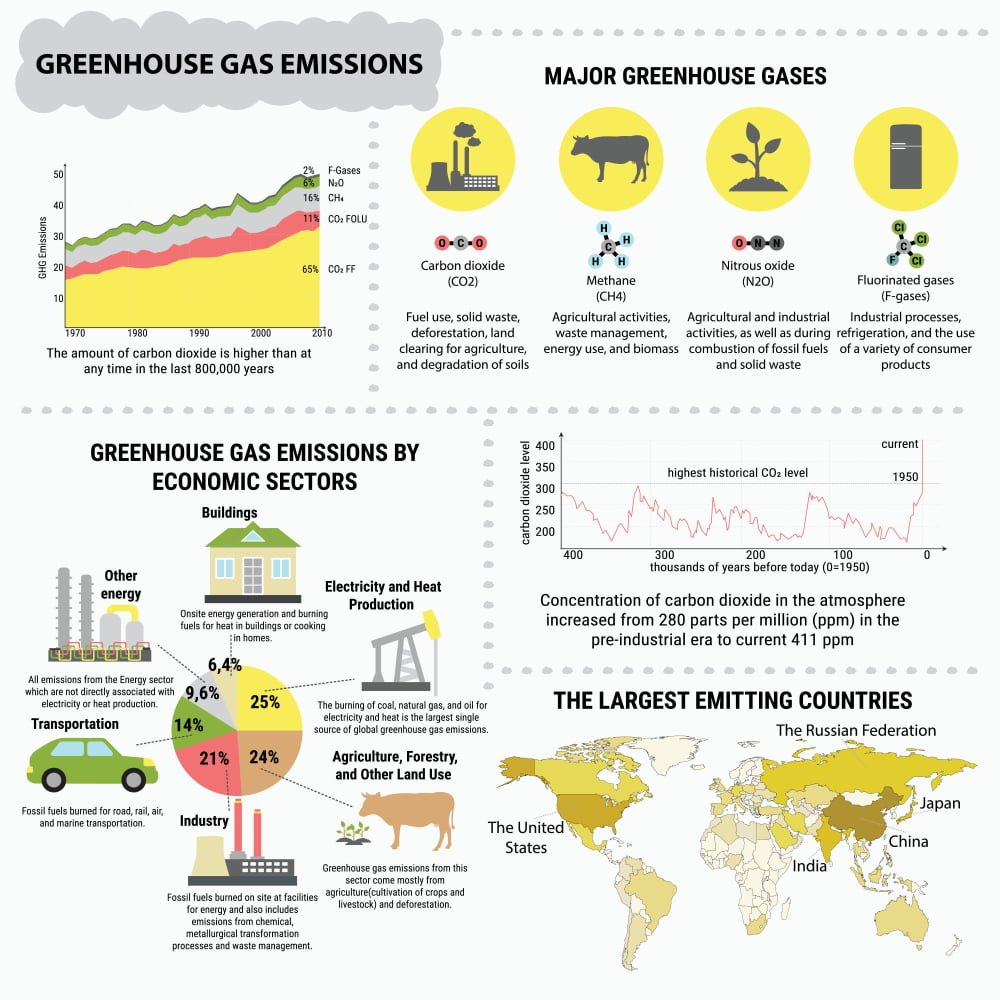GHG Mitigation
Greenhouse gas (GHG) emissions are driving climate change and its impacts around the world. According to climate scientists, global greenhouse gas emissions must be cut by as much as 72 percent below 2010 levels by 2050 to have a likely chance of limiting the increase in global mean temperature to 2 degrees Celsius above preindustrial levels (IPCC 2014). Every degree increase in temperature will produce increasingly unpredictable and dangerous impacts for people and ecosystems. As a result, there is an urgent need to accelerate efforts to reduce GHG emissions.
The GHG mitigation strategies are developed once a life cycle assessment (LCA) of your product is carried out. The data from the life cycle impact calculations will then be used to recognize the key hot-spots in the value chain and a mitigation plan will be developed. The mitigation plan will include the following information:
- Description of the LCA conducted including the dataset, software or platform used to complete the analysis.
- Identification of the largest life cycle impact areas identified in the analysis and a narrative description of the impact areas targeted for reduction in the action plan.
- Description of specific steps anticipated in implementation of the action plan including proposed changes in formulation or manufacturing processes that are planned as part of impact reduction strategy.
- Specific dates and a full timeline for completion of all the steps described in the action plan.
Why you need GHG Mitigation and Process of Verification?!
Sustainability and GHG experts at P3 Optima provide independent validation and verification of Greenhouse Gas (GHG) emissions for any organisation or industry in accordance with ISO 14064-3 standards.
An organisation may seek GHG emissions validation and verification for a variety of reasons, including contributing to their annual report, communicating with their customers, meeting regulatory or investor reporting requirements, or publicly disclosing their emission reduction efforts. In many circumstances, an impartial third party is required to certify the disclosure. Organizations also seek third-party validation to confirm that their present GHG emissions inventory conforms to inventory and reporting standards, guidelines, and criteria. P3 Optima guarantees that your organisation is properly inventorying and reporting your GHG emissions data by keeping up with the latest emission factors, calculations, and disclosure rules.
The following steps describe the general process for GHG emissions verification:
- Review the information that was previously provided and prepare a new request for information.
- Prepare a verification plan based on the project’s goals, materiality, and boundaries.
- Facilitate an organisational kick-off meeting and interviews with key stakeholders.
- Examine the organization’s sustainability statistics for completeness, correctness, consistency, and management.
- Prepare a comments journal that includes observations, corrective action, and information requests.
- Prepare and distribute a report on GHG emissions verification.
- In accordance with the assurance standard, prepare and release an independent assurance statement.
GHG Facts & Mission

